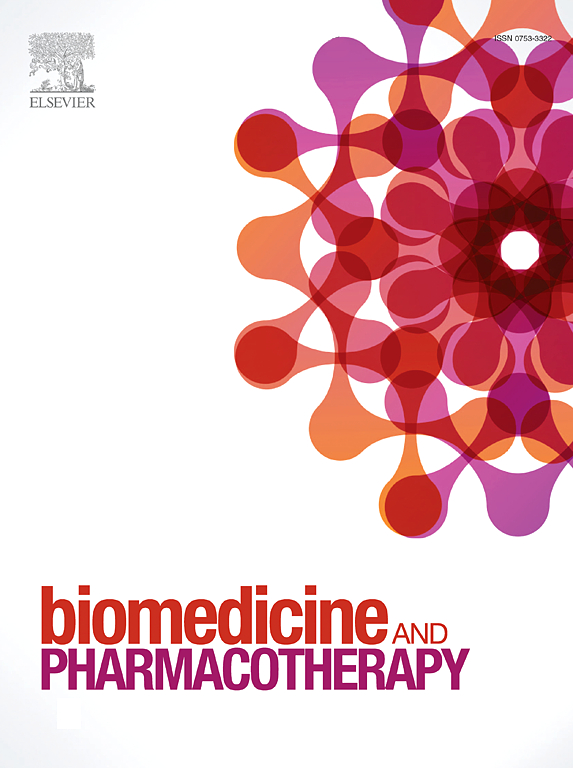病毒衣壳蛋白1和两种衣壳结合抑制剂的三重复合物的形成解释了与鼻病毒联合研究中观察到的协同相互作用
IF 6.9
2区 医学
Q1 MEDICINE, RESEARCH & EXPERIMENTAL
引用次数: 0
摘要
衣壳结合抑制剂,如pleconaril和OBR-5-340,可以防止大多数鼻病毒(RV)类型的附着和/或脱落,被认为是有效抗RV药物开发的有希望的候选药物。两种抑制剂均以病毒蛋白1 (VP1)为靶点,但其疗效、抗rv活性谱和结合机制不同。我们假设pleconaril和OBR-5-340联合使用可能是改善RV感染治疗策略的一种有希望的方法。为了验证我们的假设,我们分析了6 × 6浓度基质与体外单药治疗的抗rv效果。抗病毒研究包括多种RV类型,其中一些对pleconaril和OBR-5-340敏感或不敏感,以考虑VP1的多样性。采用Loewe加性、Bliss独立性、最高单一代理和零相互作用效力模型进行协同分析。结果表明,在一定浓度下具有显著的协同效应。分子动力学模拟研究了观察到的协同作用的分子基础。有趣的是,VP1、pleconaril和OBR-5-340可以同时结合形成具有额外稳定疏水相互作用和氢键的三重配合物。因此,与单一治疗相比,pleconaril-OBR-5-340联合治疗的疗效超过了单一治疗,并且抑制了更广泛的RV谱。总之,这项研究有助于开发更广泛的抗rv治疗方法,并为其背后的机制提供了见解。这一策略对于治疗由其他肠道病毒引起的疾病也很重要。已确定的强协同作用值得进一步的临床前研究,例如体外或人体病毒攻击模型,以将这种协同作用转化为口服或吸入/局部使用鼻病毒治疗。本文章由计算机程序翻译,如有差异,请以英文原文为准。
Formation of a triple complex of viral capsid protein 1 and two capsid-binding inhibitors explains synergistic interactions observed in combination studies with rhinoviruses
Capsid-binding inhibitors, such as pleconaril and OBR-5-340, which prevent the attachment and/or uncoating of most rhinovirus (RV) types, were considered promising candidates for effective anti-RV drug development. Both inhibitors target viral protein 1 (VP1), but their efficacy, spectrum of anti-RV activity, and binding mechanism are different. We hypothesized that combinations of pleconaril and OBR-5–340 might be a promising approach to improve treatment strategies for RV infections. To validate our hypothesis, we analyzed the anti-RV effects of a 6 × 6 concentration matrix compared to monotherapy in vitro. Antiviral studies included multiple RV types, some of which are sensitive or insensitive to pleconaril and OBR-5-340, to consider the diversity of VP1. Synergy analysis was performed with Loewe additivity, Bliss independence, highest single agent, and zero interaction potency models. The results indicate a significant synergistic effect at certain concentrations. Molecular dynamic simulations investigated the molecular basis of the observed synergy. Intriguingly, VP1, pleconaril and OBR-5–340 can bind simultaneously to form a triple complex with additional stabilizing hydrophobic interactions and hydrogen bonds. Consequently, pleconaril-OBR-5–340 combination surpassed the efficacy of monotherapy and inhibited a broader RV spectrum compared to monotherapy. In conclusion, this study contributes to the development of broader-spectrum anti-RV treatments and provides insights into the mechanism behind. This strategy could also be important for treatment of diseases caused by other enteroviruses. The identified strong synergism warrants further preclinical studies for example with, ex vivo or human viral challenge models to translate this synergy into oral or inhaled/topical use for rhinovirus treatment.
求助全文
通过发布文献求助,成功后即可免费获取论文全文。
去求助
来源期刊
CiteScore
11.90
自引率
2.70%
发文量
1621
审稿时长
48 days
期刊介绍:
Biomedicine & Pharmacotherapy stands as a multidisciplinary journal, presenting a spectrum of original research reports, reviews, and communications in the realms of clinical and basic medicine, as well as pharmacology. The journal spans various fields, including Cancer, Nutriceutics, Neurodegenerative, Cardiac, and Infectious Diseases.

 求助内容:
求助内容: 应助结果提醒方式:
应助结果提醒方式:


